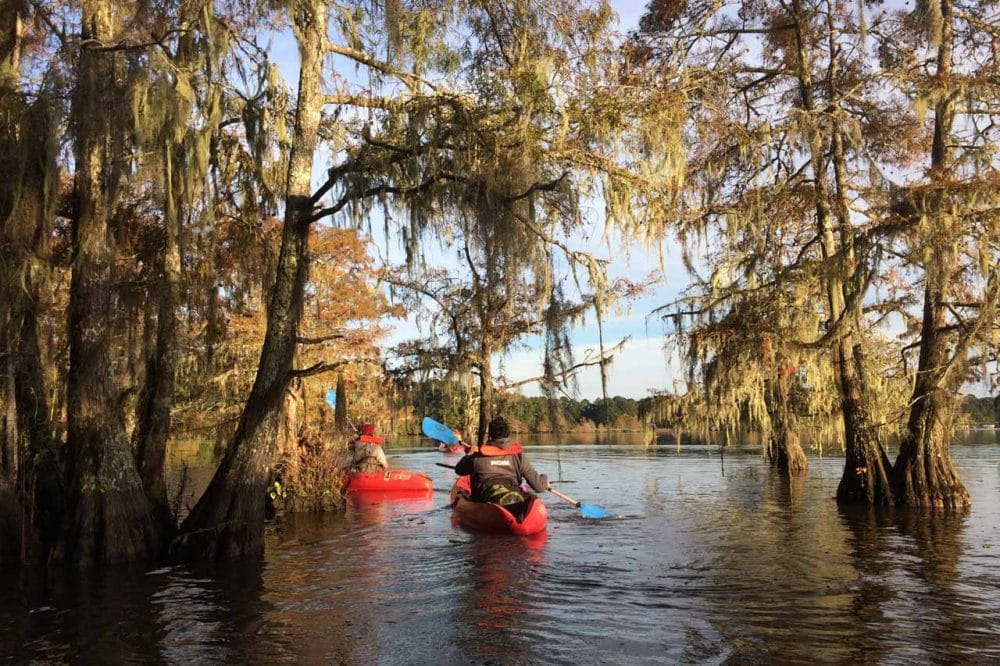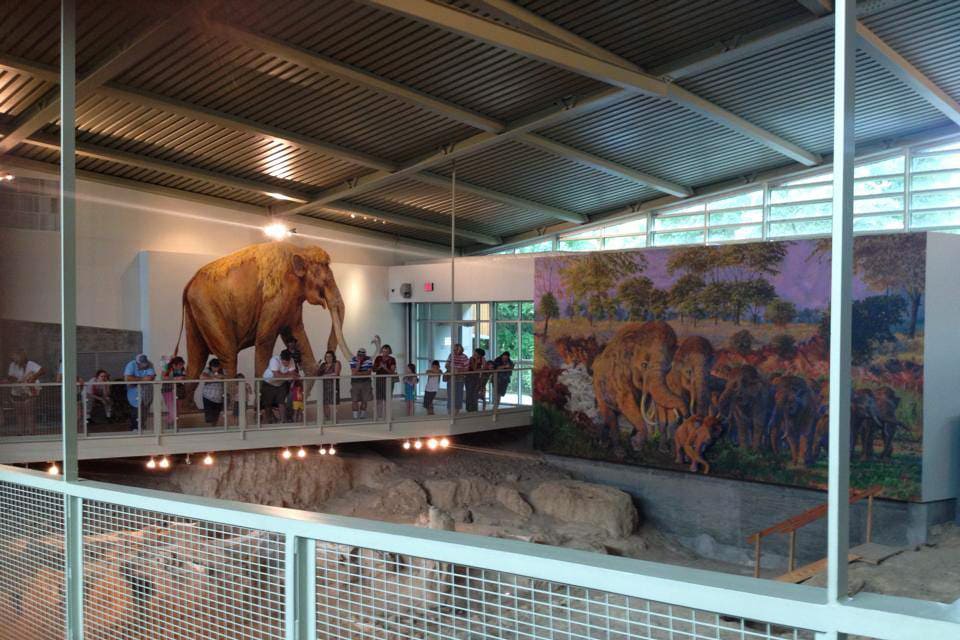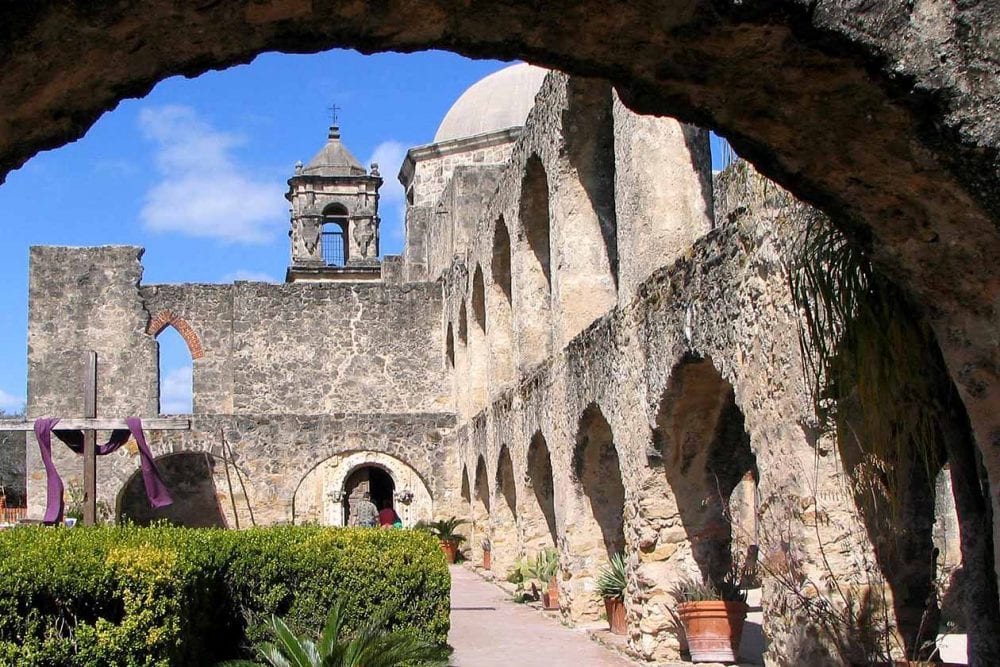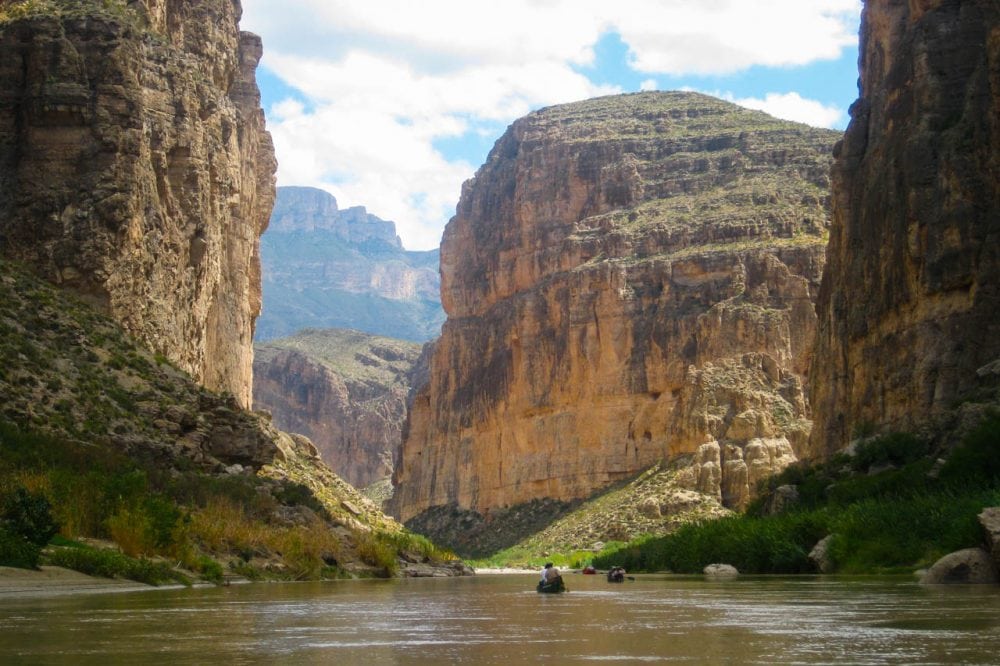5 Amazing National Park Service Sites A Day’s Drive From Houston
One of the largest cities in the United States, Houston is home to many attractions, from excellent eateries and historic parks to entertainment venues and the Houston Space Center. If you’re a fan of outdoor adventures, you can also use Houston as a base for some epic national park road trips.
While there aren’t too many national parks close to the city, you can, in fact, reach several of them in under a day’s drive.
This national parks near Houston post may contain affiliate links. You can read more about our Terms of Use / Disclosure here.
5 National Park Service Sites Near Houston
Houston’s location near the coasts of southeastern Texas allows for trips to places like Big Thicket National Preserve and Padre Island National Seashore, while inland national parks you can visit on a road trip Houston include Big Bend National Park, Waco Mammoth National Monument and the San Antonio Missions.
Below, you’ll find the greatest National Park Service sites near Houston, listed by increasing distance from the city.
Big Thicket National Preserve
Distance from Houston to Big Thicket National Preserve: 80 miles (1 h 30 min)

The nearest National Park Service site to Houston is Big Thicket National Preserve. This is the only one that is a convenient day trip from the city, as it’s situated about an hour and 40 minutes away by car.
Big Thicket protects a long, narrow preserve lining the banks of a few meandering creeks.
This kind of environment consists of multiple interrelated habitats that attract a wide variety of wildlife. Among the nine different ecosystems in the park are pine forest, bayous, and wetlands.
Popular activities here are kayaking, canoeing, and hiking. There are about 40 miles of hiking trails in the park.
Waco Mammoth National Monument
Distance from Houston to Waco Mammoth National Monument: 190 miles (3 h)

Located in Waco, about three hours northwest from Houston, the Waco Mammoth National Monument is home to the fossilized remains of a nursery herd of Columbian mammoths.
Consisting of only females and juvenile mammoths, the herd was surprised by a flood and drowned between 65,000 and 72,000 years ago. That flood also trapped and killed a camel.
Years later, a saber-toothed cat died and was buried there, while another flood killed several more mammoths, including a bull, females and juveniles. This makes Waco Mammoth National Monument the largest (currently) known site where mammoths died from a reoccurring event, in this case a flood.
In addition to the camel and saber-toothed cat, fossils of an American alligator, dwarf antelope and giant tortoise have also been found there.
This national monument in Waco is one of America’s most important archaeological sites from the Pleistocene Epoch, better known as the Ice Age. It is home to America’s only evidence of a nursery herd of Columbian mammoths, which implies that they lived in matriarch-led groups.
Another thing that makes Waco Mammoth National Monument one of the best national parks near Houston is that you can see a collection of “in situ” fossils, meaning that they’re still embedded in the place where they were originally discovered.
The monument contains in situ fossils of a Columbian mammoth bull, female mammoths and a camel.
San Antonio Missions National Historical Park
Distance from Houston to San Antonio Mission NHP: 200 miles (3 h 15 min)

A collection of outposts in San Antonio, Texas, the San Antonio Missions are one of the absolute best national parks near Houston. They were first established by Spanish Catholics with the purpose of spreading Christianity among Native Americans.
Founded in the late-17th and early-18th centuries, they were part of a much larger system of colonization that extended across the Spanish Southwest.
After 10,000 years without any major foreign threats, the local population found itself under attack on various fronts in the first decades of the 1700s.
Bands of Apaches carried out raids from the north, while lethal diseases spread from Mexico. On top of that, persistent drought resulted in a food crisis.
The Spanish missionaries took advantage of the situation by offering Native Americans refuge in the missions. Survival was possible by giving up their traditional lifestyle, swearing fealty to a faraway king and becoming Christian.
The four missions that make up the San Antonio Missions National Historical Park are, from north to south, Mission Concepción, Mission San Jose, Mission San Juan and Mission Espada.
Note that the fifth and most famous mission in San Antonio, the Alamo, is not part of this urban national park. Well-known for the role it played during the Texas Revolution in 1836, the Alamo lies north of Mission Concepción in downtown San Antonio, just a few minutes from the Riverwalk. Both the Alamo and the San Antonio Missions National Historical Park are part of the same UNESCO World Heritage Site.
Padre Island National Seashore
Distance from Houston to Padre Island National Seashore: 240 miles (4 h)
Four hours to the southwest of Houston lies Padre Island National Seashore, a superb place for anyone looking for a quiet beach getaway.
This remarkable shoreline is the world’s longest undeveloped barrier island. It separates the Laguna Madre from the Gulf of Mexico.
With its 70-mile long coastline, nutrient-rich tidal flats, grasslands, and dunes, Padre Island is a wildlife haven. Go there for a couple of days of camping, sea kayaking, swimming, and bird-watching.
Big Bend National Park
Distance from Houston to Big Bend National Park: 615 miles (10 h)

One of the greatest parks in Texas is Big Bend National Park. About ten hours by car west of Houston, this park requires a bit of advance planning but makes for a truly memorable time.
This is a wild place where the nights are pitch-black and rivers cut through deep limestone canyons. In this fertile wilderness, countless animal species seek refuge from the blistering Texas sun.
This awesome park straddles the border with Mexico, at a place where to Rio Grande makes a “big bend”.
Home to many flowering cacti and abundant birds, Big Bend National Park is one of America’s most biodiverse areas. It deserves at least three days of exploration.
There’s world-class hiking and camping, while boat excursions and scenic drives are popular as well. And it wouldn’t be Texas if horseback riding weren’t an option, too.
Additionally, Big Bend boasts one of the darkest night skies anywhere in the U.S. It’s a fantastic national park to see the Milky Way.
Other National Park Sites Near Houston
- Lyndon B. Johnson National Historical Park
- Palo Alto Battlefield National Historical Park








